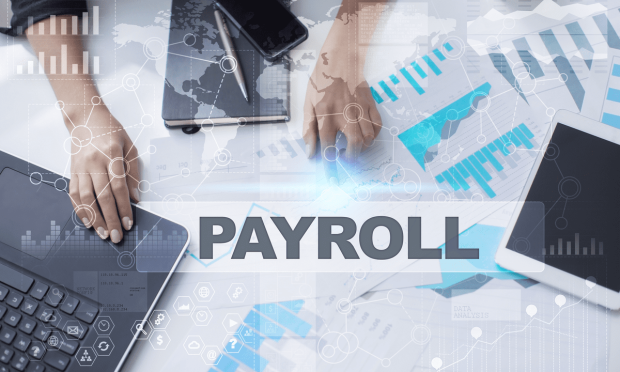Patchy Payroll And Expense Management Systems Cry Out For Upgrades

Banks, merchants, issuers, processors — they’re all locked in combat with shadowy fraudsters that gain system access via phishing emails as easily as mice sneak into old houses.
For purposes of this analogy, the “basement” into which bad mice are creeping is most likely your legacy payroll/expense management software and its possibly compromised connections.
“While technological advancements have revolutionized many aspects of operations, payroll and expense management are not [among] them. Most of those solutions still rely heavily on checks and business credit cards — which are resource-consuming processes with higher risk[s] of misuse, fraud and theft,” Gitesh Athavale, head of product (cards) at Nium, told PYMNTS.
“Banking as a service makes it far easier for [entities] from startups to multinational corporations to access and create simple, fast, secure and transparent full-fledged financial products,” Athavale said.
This and much more is found in PYMNTS November/December 2020 Smarter Payments Tracker® powered by Nium, as APIs, apps and platforms modernize payments big time.
Fishing For BaaS
That things came to a boil in 2020 is a matter for the financial history books at this point. A confluence of factors, some in staging for years and others totally unexpected, are creating a vast new market for digitization across the entire financial sector.
Now, the trick is to make smart choices with urgency because cybercrooks never sleep.
“Businesses interested in [digital] payment tools want fast, easy ways to adopt them. They may not be able to put in the time and effort to develop app and card solutions in-house and may find it cumbersome having to juggle multiple banking relationships to get all their financial needs met,” the new Smarter Payments Tracker®states. “The rise of banking as a service (BaaS) in recent years offers businesses a more flexible alternative by allowing firms to quickly integrate new third-party solutions into legacy systems, including new spend management innovations. This approach can be compelling for employers that need to quickly solve problems to grow their workforces and operations worldwide.”
As regards legacy payroll processing software — a notorious weak link in today’s tech stack — alternative payroll methods have technological cleverness and sheer utility.
“These tools also appear to be receiving more corporate attention,” the Tracker states, noting that “A 2018 survey polled 158 U.S.-based organizations, 41.2 percent of which paid employees in multiple countries while 58.8 percent compensated workers in just one. It found that just 2 percent of respondents offered payroll cards in 2014 but that this figure had risen to 28.5 percent four years later. Larger companies showed even more interest in these solutions.”
Digitizing Payroll For People (And Profit)
According to the latest Smarter Payments Tracker®, “Many companies today rely on workers based in numerous countries, and engaging these employees requires sensitivity to their payment needs. Businesses must consider how quickly domestic and overseas workers need to receive their earnings as well as the financial tools they use to do so. Organizations that are experiencing rising demand for fast employee payments could find payroll cards playing an important role in their approaches.”
They could, and they are. Digital payroll tools are proliferating as workers and consumers steer financial institutions (FIs) and adjacent operators with preferences and spending power. That in turn is creating higher demand for digital banking services that support anywhere commerce.
“For instance, Nium’s card issuance-as-a-service program presents a new way of managing corporate expenses that solve[s] many [of the] flaws [of] traditional payment methods. Powered by our BaaS technology, companies in any industry can easily digitize their expense management and streamline all expenses within one eWallet,” Athavale told PYMNTS. “It also allows for automated reconciliation to track and manage expenses as they happen — drastically reducing margins of error and risk.”
